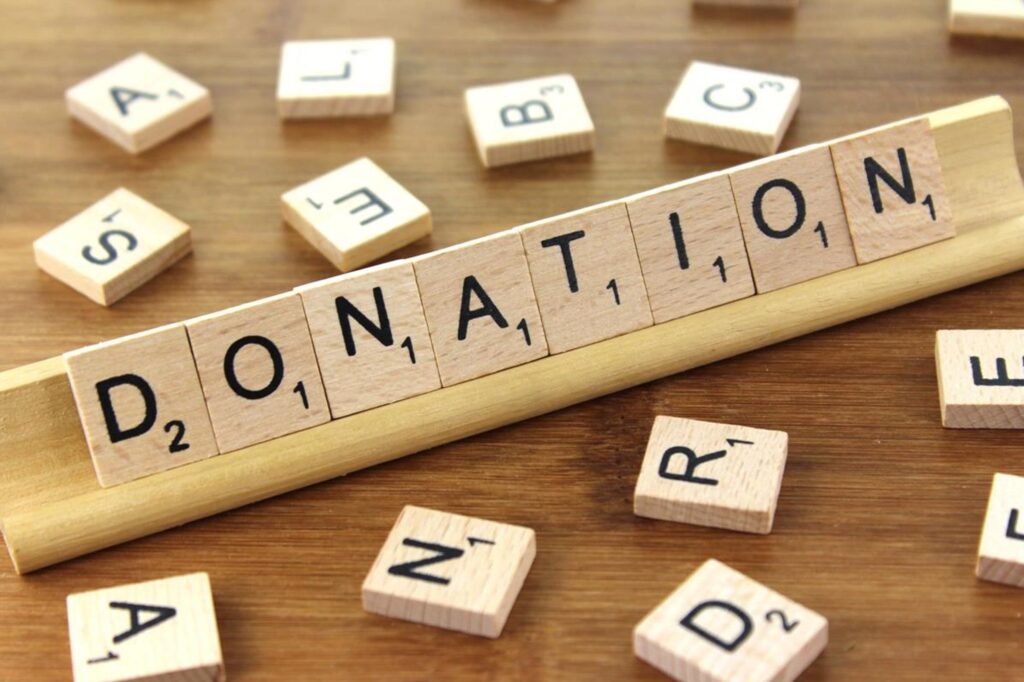
Donor Networking

By Patricia M. Angus – Originally published in Trusts & Estates, 2015
New philanthropists often are baffled by challenges after their foundation is established or donations are made. Here’s how to help them help themselves.
Charitable giving through private foundations, trusts and donor-advised funds has been booming for the past few decades. There are now more than 40,000 private foundations in the United States. And the National Center for Family Philanthropy estimates more than half of the country’s family foundations were created in the last 10 years. Lawyers, accountants and financial advisors can best help clients in their philanthropic endeavors not only by providing legal and tax advice, but also by assisting new donors with challenges after philanthropic vehicles are in place.
Clients who create charitable vehicles report feeling overwhelmed by learning to manage their philanthropy. They are navigating new territory-organized philanthropy that, until recently, was dominated by large institutions and a few large families. Fortunately, there are now terrific resources for them.
One of the most important services advisors can provide to new donors is to alert them to peer associations. In addition to exploring relationships with national organizations such as the Council on Foundations (www.cof.org), donors should know about the National Center for Family Philanthropy (www.ncfp.org) and the Association of Small Foundations (now: www.exponentphilanthropy.org), both of which focus on issues unique to families with private philanthropy.
Advisors should tell new donors about local organizations that provide ongoing philanthropic education. For example, the New York Regional Association of Grantmakers (www.nyrag.org) has long ensured that cutting-edge knowledge is shared among its members.
Advisors and clients also will need some assistance on the soft-side issues. Some useful books include Smart and Caring1 (written by and for donors), Inspired Philanthropy2 (workbook-style approach to developing and defining mission) and Wealth in Families3 (perspectives on wealth and families).
Understanding new donors will be increasingly important for advisors. Research indicates that the face of U.S. philanthropy is changing and that ethnic groups-including African-American, Asian-American and Latino donors are becoming important drivers of new philanthropy4. Some say these communities differ from advisors’ expectations of how, and to whom, donors give. For example, members of these three communities are more likely to value giving as a means of mutual assistance within their community over charity for unknown recipients.
The Coalition for New Philanthropy (www.nyrag.org) and its member organizations (Asian-American Federation of New York, Center on Philanthropy and Civil Society at The Graduate Center of the City University of New York, Hispanic Federation, NYRAG and Twenty-First Century Foundation) serves donors in ethnic communities. The coalition and most organizations serving donors offer materials and workshops to assist advisors in discussing philanthropy with their clients and responding to their charitable inclinations.
Advisors need not become experts in philanthropy. But they must be able at least to guide clients to resources and groups that will help donors build effective, rewarding charities that are more likely to be governed properly.
Endnotes
1. Richard and Linda Livingston, Smart and Caring: A Donor’s Guide to Major Gifting (RDL Publishing, Colo.,1999).
2. Tracy Garyand Melissa Kohner, Inspired Philanthropy: Creating a Giving Plan, A Workbook (Chardon Press, Berkeley. Calif., 2002).
3. Charles Collier, Wealth in Families (Harvard University, Boston, 2001).
4. See www.givingnewengland.org/diverse.htm/.